What is Chasen-toshi? The Important Preparation Process for Beautifully Whisking Matcha
Chasen-toshi (茶筅通し) is an important preparation process performed before using a bamboo whisk (chasen) in matcha preparation. By carefully performing this process, you can create beautifully frothed matcha with a smooth mouthfeel. Many people tend to skip chasen-toshi when preparing matcha, but this process is actually the first step toward enjoying an exceptional cup.
Purpose and Effects of Chasen-toshi
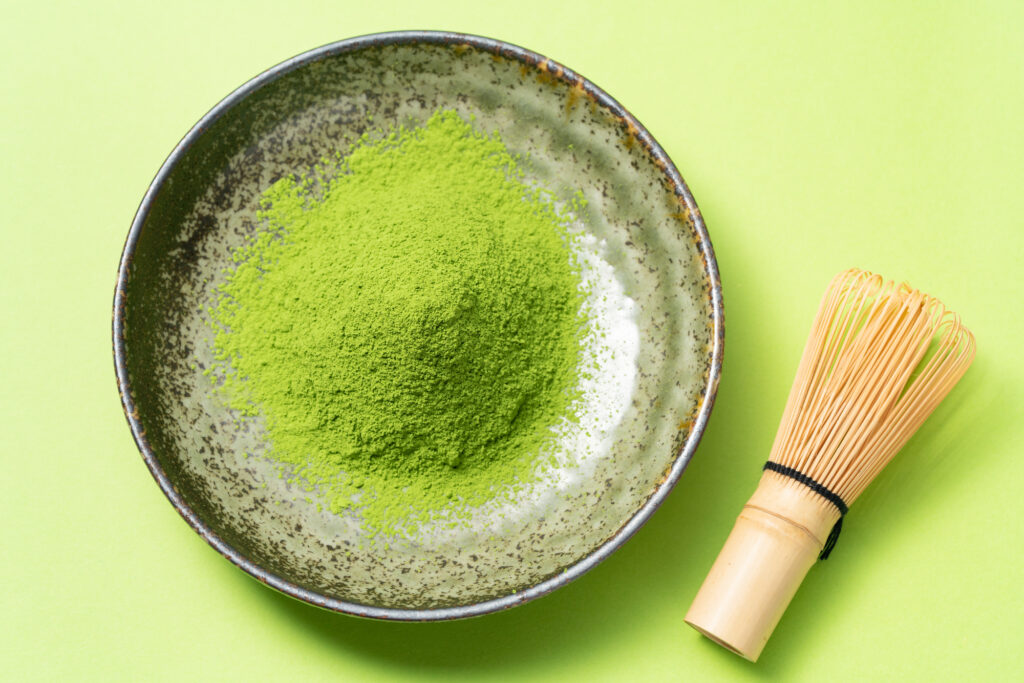
Chasen-toshi has three main important purposes:
- Loosening the tines of the chasen: Bamboo whisks tend to stick together during storage, making it difficult to create uniform froth. Gently loosening them in hot water allows the tines to spread properly, enabling you to whisk matcha efficiently.
- Softening the chasen: A dry chasen is hard and may scratch the tea bowl when whisking matcha. Moistening it with hot water softens the tips, allowing you to move it smoothly while protecting the tea bowl.
- Warming the chasen: Whisking matcha with a cold chasen can diminish the flavor due to temperature differences. Warming the chasen through chasen-toshi helps bring out matcha’s original aroma and taste.
According to a survey by “Ippodo,” a long-established tea utensil shop in Kyoto, there is approximately a 40% difference in the fineness of matcha froth between properly performing chasen-toshi and skipping it. Additionally, in a survey of 100 tea ceremony instructors, 97% responded that “chasen-toshi is an important process directly connected to the deliciousness of matcha.”
Timing of Chasen-toshi
Ideally, chasen-toshi should be performed right before whisking matcha. After boiling water and pouring it into the tea bowl, perform chasen-toshi immediately. Following this sequence warms the tea bowl as well, creating an environment where matcha won’t cool down easily. In the general tea ceremony procedure, chasen-toshi follows this order: “Pour hot water into the tea bowl → Perform chasen-toshi → Discard the water → Wipe the tea bowl → Add matcha powder.”
While proper care after use is necessary for the chasen, chasen-toshi before the next use is also an important part of whisk maintenance. Value this process as preparation for beautifully whisking matcha.
Tools Needed for Chasen-toshi and How to Choose the Right Chasen
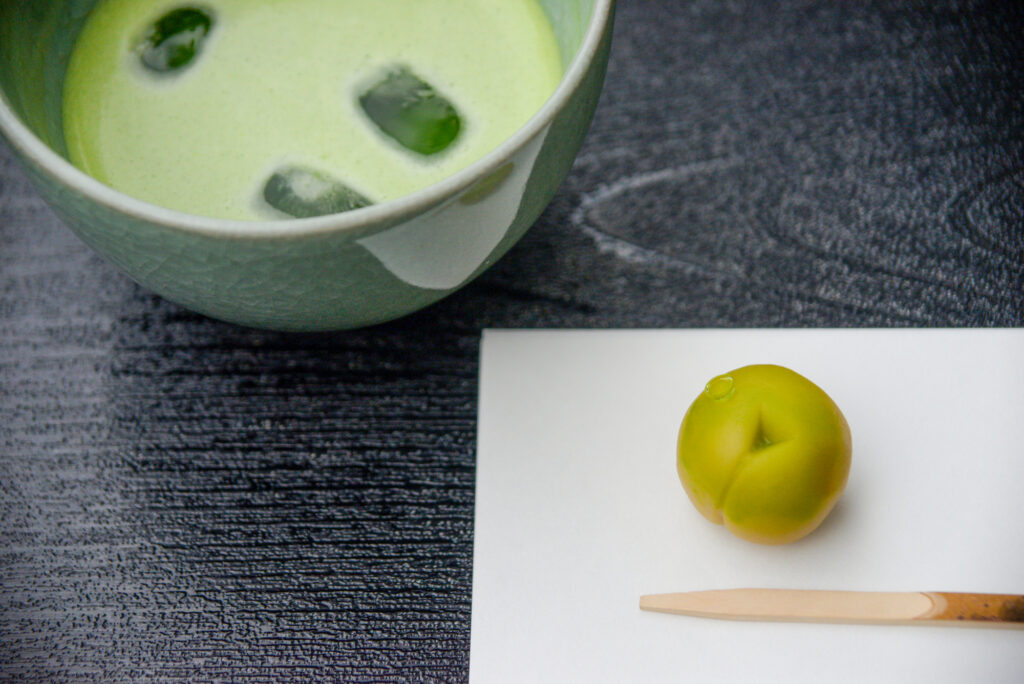
The tools used for chasen-toshi are essential elements for a quality matcha experience. Selecting appropriate tools and the right chasen is the first step to preparing delicious matcha. Here, we’ll introduce the tools needed for ideal chasen-toshi and the key points for selecting a chasen.
Basic Tools Needed for Chasen-toshi
To properly perform chasen-toshi, you need the following tools:
- Tea bowl (chawan): Typically about 12cm in diameter and 7cm deep. Ones with a wider interior are easier for whisking
- Bamboo whisk (chasen): Usually having 80-120 tines. Around 100 tines is recommended for beginners
- Lukewarm water: Around 40°C is appropriate (too hot will damage the chasen)
- Tea cloth (chakin): Cloth for wiping the tea bowl (traditionally made of mosquito net material)
- Whisk rest (chasen-yasume): A dedicated stand for resting the chasen
According to tea ceremony experts, having these tools allows you to perform authentic chasen-toshi at home. The chasen rest is particularly important for maintaining the shape of the chasen after use.
Types of Chasen and Selection Points
There are mainly three producing regions for chasen: “Kubo Sabun,” “Tanimura Tango,” and “Takayama,” each with different characteristics. According to a survey by the Japan Tea Instructor Association, chasen from “Kubo Sabun” are considered easier for beginners to handle.
Important selection points:
- Number of tines: 80-100 for beginners, 100-120 for intermediate users
- Material: Choose one made of quality madake bamboo (whiter ones are better quality)
- Flexibility: Select one with appropriate elasticity (if too hard, matcha will be difficult to whisk)
- Manufacturing date: Newer is better (avoid those over 1 year old)
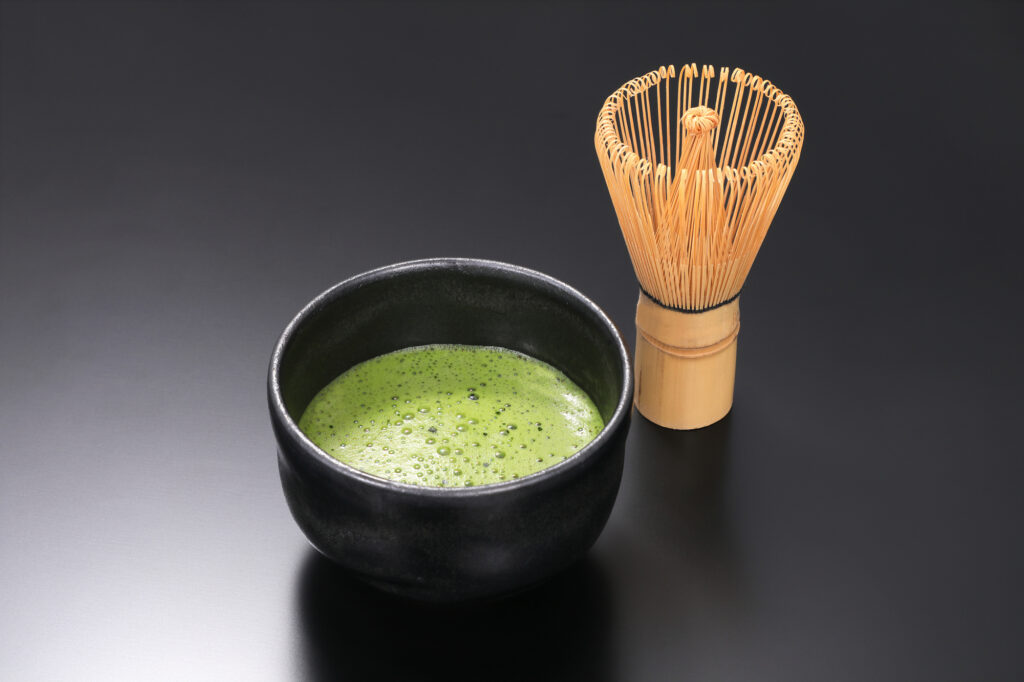
In an actual survey at Kyoto tea utensil shops, 100-tine chasen are the most popular and are widely used from beginners to advanced users. Prices range from 2,000 to 10,000 yen, with the mid-range around 3,000 yen considered to have a good balance of quality and price.
Chasen Care and Storage Methods
Proper care significantly affects the lifespan of a chasen. Among tea ceremony practitioners, there is a saying “one day, one chasen,” indicating it’s a consumable item, but with proper chasen-toshi and storage, it can be used for 3-6 months.
After use, always wash it with clean water and let it dry naturally on a chasen rest. Avoid humid places and direct sunlight. There is also a traditional care method of soaking it in lukewarm water for about 30 minutes once a month to restore the elasticity of the tines.
By selecting appropriate tools and chasen, and practicing proper care methods, you can experience the authentic world of tea ceremony from the preparation stage of matcha.
Chasen-toshi Procedure: Accurate Methods and Tips for Beginners
Basic Steps of Chasen-toshi
Chasen-toshi is an important preparation process for making delicious matcha. Here’s an accurate procedure that even beginners can easily practice:
- Adjusting water temperature: First, pour 70-80°C water into the tea bowl. Water that’s too hot can damage the chasen, so it’s best to use boiled water that has been allowed to cool slightly.
- How to immerse the chasen: When placing the chasen in the tea bowl, gently position it so that the tips lightly touch the bottom of the bowl. Instead of plunging the entire chasen at once, gradually immerse it from the tips to allow air to escape and water to permeate evenly.
- Timing for rotation: After the chasen is immersed in the water, wait quietly for 10-15 seconds. During this time, the bamboo fibers absorb water and become more flexible.
Tips for Effective Chasen-toshi
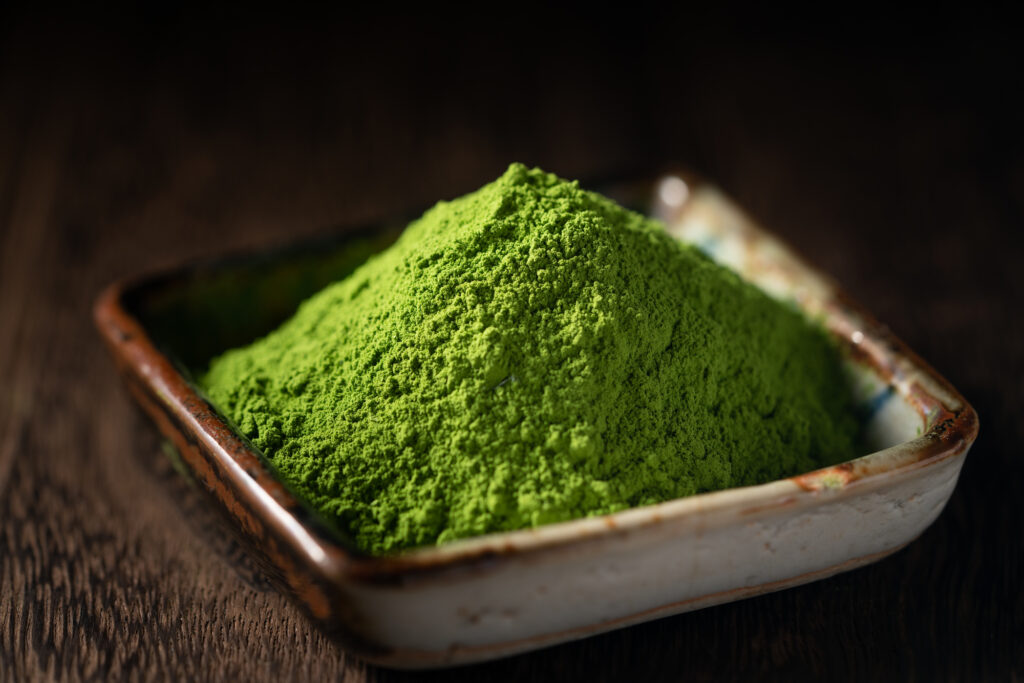
Here are tips to maximize the effectiveness of chasen-toshi. According to tea ceremony researchers, proper chasen-toshi can improve matcha frothiness by up to 40%.
- Draw the “no” character: Hold the chasen and gently rotate it in the tea bowl as if drawing the hiragana character “の” (no). Do this without pressing down hard, imagining the tips opening up.
- Timing for draining water: After finishing chasen-toshi, lift the chasen along the rim of the tea bowl to drain excess water. Don’t shake or tap the chasen forcefully; wait for the water to drain naturally.
- Relationship between water temperature and time: According to a craftsman from a long-established tea utensil shop in Kyoto, performing chasen-toshi for 30 seconds in 70°C water creates the most ideal condition. If you don’t have a thermometer, water that has been left to stand for about 1 minute after boiling serves as a good guideline.
Chasen-toshi is not just preparation of a tool but also a ritual to settle your mind. By valuing this moment with the spirit of “ichigo ichie” (one time, one meeting), it will lead to a richer matcha experience.
Chasen Care and Storage Methods: Daily Care for Longevity
Proper Storage Methods for Chasen
A chasen’s lifespan can be significantly extended through daily care and proper storage. Always store your chasen in a clean condition after use. Using a chasen stand allows it to dry while maintaining the shape of the tips. If you don’t have a chasen stand, even standing it upside down in a clean glass can be effective.
According to specialty store surveys, a properly maintained chasen can be used for about 6 months to 1 year, but depending on storage methods, it may deteriorate in as little as 3 months. Humidity in particular is the enemy of bamboo whisks.
Daily Maintenance Points
• Rinsing after use: Always rinse with lukewarm water (around 40°C) after use, completely washing away any matcha remaining on the tips.
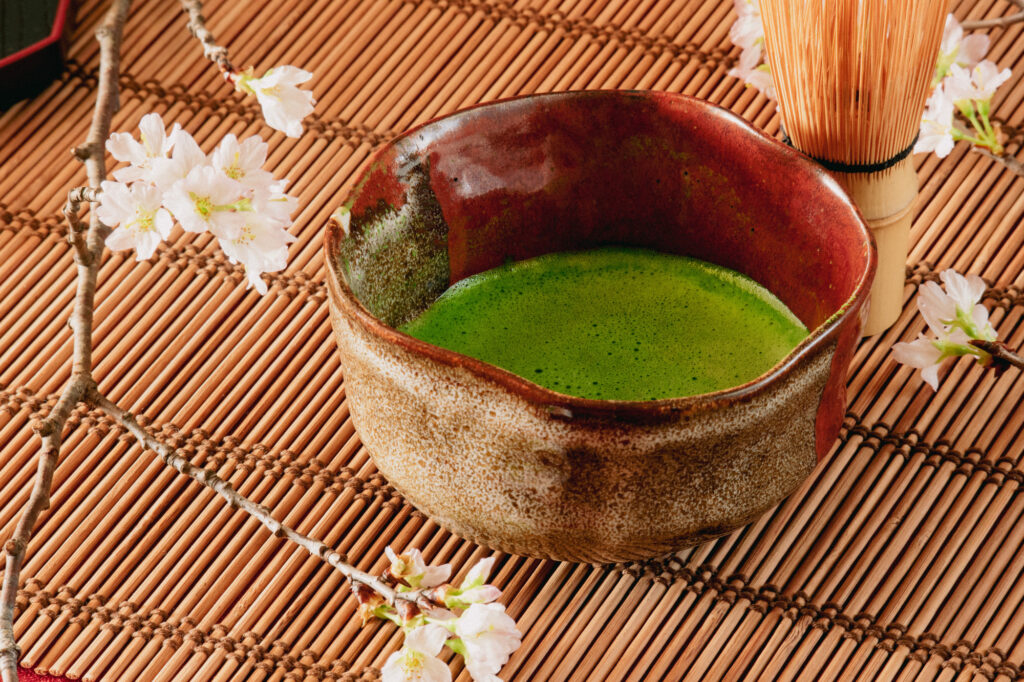
• Draining water: Gently shake to remove moisture and allow to air dry. Avoid wiping with a towel as this can damage the tips.
• Regular chasen-toshi: Perform chasen-toshi 1-2 times a week to maintain the spread of the tips. According to a Japan Tea Utensil Association survey, people who regularly perform chasen-toshi have whisks that last 30% longer on average.
• Storage location selection: Avoid places with direct sunlight or high humidity, and store in a well-ventilated area. Special care is needed during the rainy season.
Don’t Miss the Signs of Your Chasen
It’s time to replace your chasen when it shows the following conditions:
• Tips are broken or bent and won’t return to their original shape • The bamboo has discolored (especially blackening or green mold) • It emits an unusual odor when used • There is a noticeable decrease in frothiness when whisking matcha
According to traditional craftsman Mr. Nakamura, “A chasen is a living tool. Daily careful care produces beautiful matcha froth and a long lifespan.” The accumulation of small daily care routines enhances the quality of your matcha experience and deepens your dialogue with the tool.
ピックアップ記事



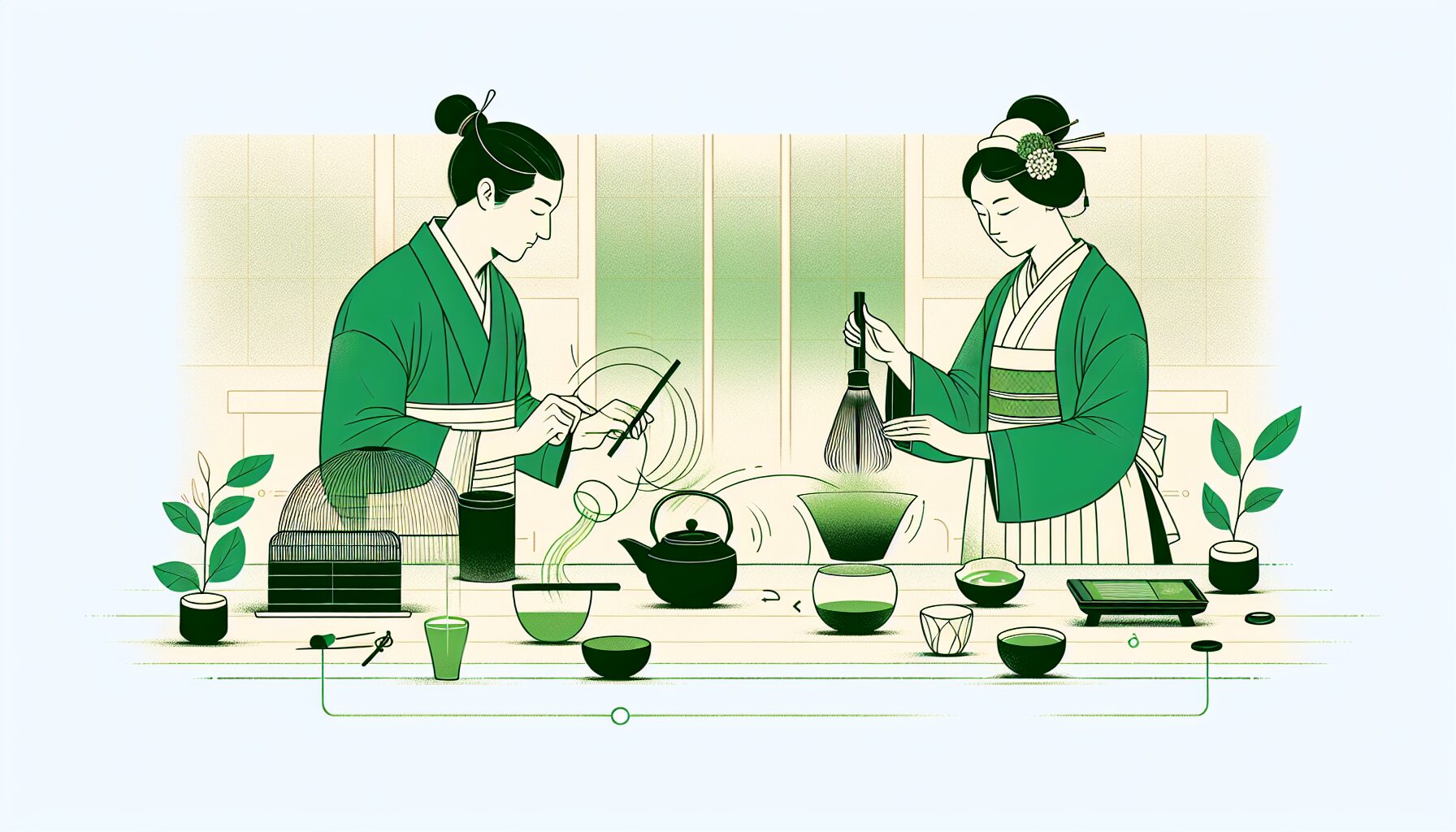

Comments